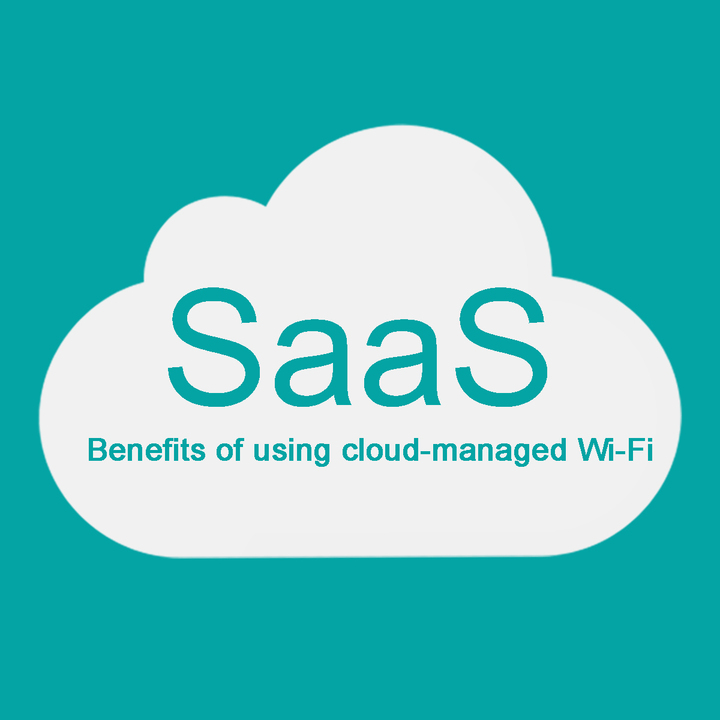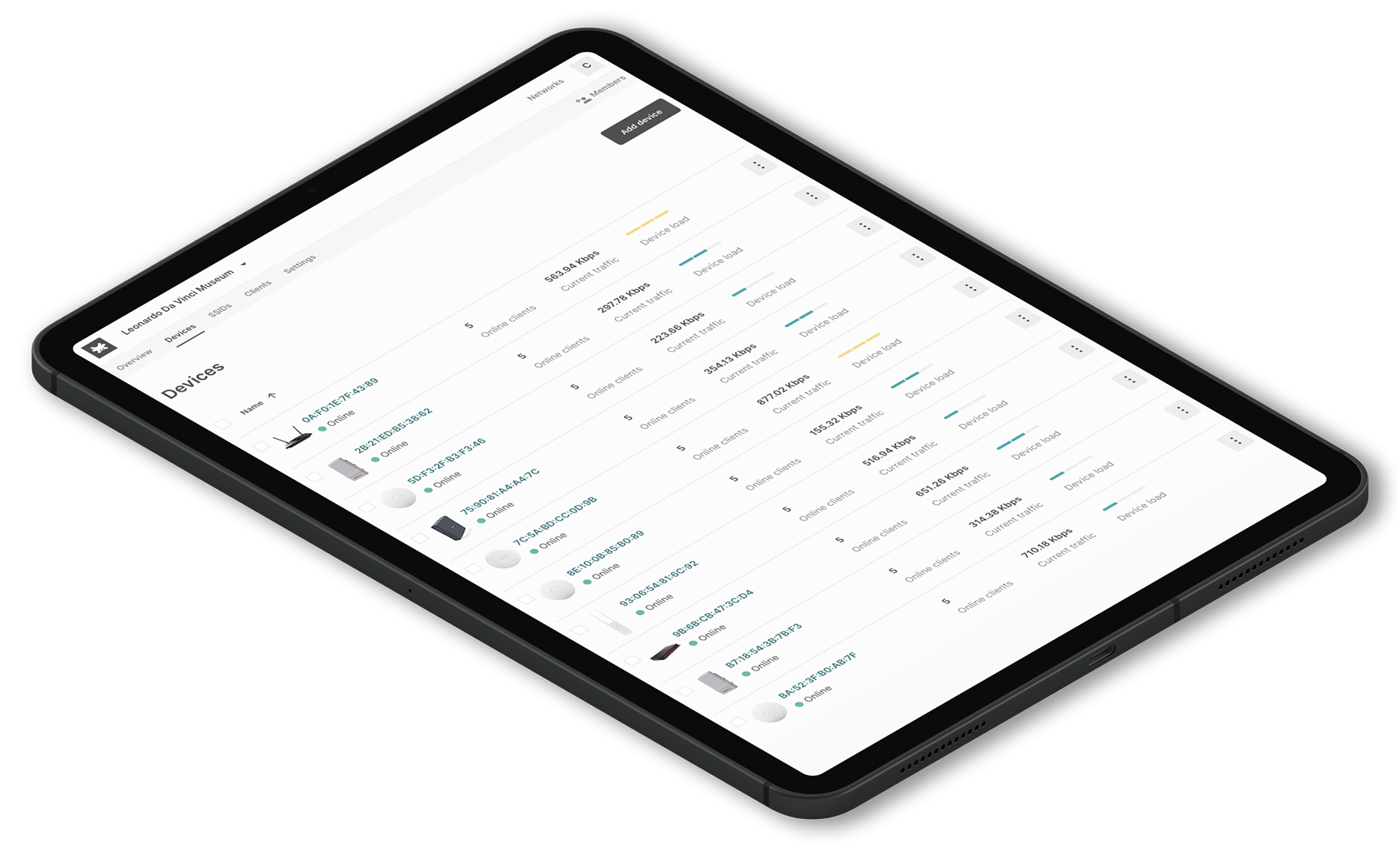
Press play to listen to the article.
In the traditional standard system of services or resources, the infrastructure owner is responsible for managing every part of the hardware and software used. Traditional infrastructure is often related to outdated technologies that can’t be easily migrated into the cloud. Flexibility, standardization, and all cloud advantages are not always enough reasons to migrate. In other cases, strict business security and regulations sometimes force users to have data located nearby or under total management control.
However, cloud managed WiFi as-a-Service solutions have a lot to offer and are regarded as a valid alternative to the older systems. If they are correctly used, they will help businesses save money, time, and staff. Actually, with the elimination of problems like service maintenance and potential issues, these resources can contribute to much greater productivity and performance.
Main types of Cloud-managed WiFi services
IaaS
The provider takes care of any hardware, networking, hard drives, data storage, and servers. It has the responsibility of managing all outages, improvements, and hardware issues. This is the typical deployment model of cloud storage providers.
PaaS
PaaS gives users a shared cloud platform for application development and management without the need for building and maintaining the infrastructure.
SaaS
Customers can deploy SaaS in one of three different models: Private, Public, or Hybrid cloud.
For more detailed information about the differences between Private, Public, and Hybrid cloud, please have a read to our related blog article.
Cloud-based WiFi management providers offer a responsive and easy-to-use solution to manage WiFi networks from the cloud. Today, many companies generally accept SaaS models that want to benefit from application usage without maintaining and updating infrastructure and components. The flexibility of the SaaS is a huge benefit.
Although it’s a deviation from the conventional purchasing software method, SaaS can bring significant advantages in the business environment. As cloud computing integration advances, many software providers are adding SaaS solutions to lead to enormous gains.
Benefits of using cloud-managed WiFi SaaS
With software as a service (SaaS), customers will be able to manage WiFi networks anytime, anywhere on a wide range of devices.
The top advantages of using SaaS are:
Reduced time
Furthermore, maintenance responsibilities are shifted from IT departments to the vendor itself. This reduces extra work hours and downtime that might have been necessary to upgrade traditional software.
The Tanaza WiFi cloud platform lets users set the basic configurations of the network, which is applied by default to all the cloud-managed access points. This feature ensures an issue-free, fast and easy provisioning of new access points in small, medium, and large-scale WiFi networks, without waste of time.
Also, Tanaza has a line of cloud-managed access points with the Tanaza software already installed. So, you don’t even need to download the firmware. In this way, the Tanaza Powered Devices suits a perfect plug-and-play user experience.
Lower costs
Furthermore, subscription-based models allow businesses to pay for only what they are using and not pay for unused licenses. SaaS can be especially advantageous for small businesses because it provides access to expensive, high-powered software that might have been otherwise inaccessible with standard purchasing methods. Also, the subscription-based process eliminates the high financial risk of expensive software.
All costs will be distributed as predictable monthly or annual payments, depending on the payment plan. There are no additional surprise costs or extra charges. Organizations can always rely on their allocated budget for that solution.
The Tanaza software allows you to make substantial savings due to the elimination of expensive hardware controllers in the infrastructure and on-site maintenance interventions. Moreover, disaggregation of software and hardware will enable users to control their costs better when deploying WiFi networks, with consistent CAPEX and OPEX reduction, thanks to Tanaza’s multi-vendor compatibility.
Scalability and integration
With Tanaza, you can enjoy different pricing plans according to your business’ needs. If your business begins to grow, add any additional licenses immediately to the system. In this way, the solution can grow with you, at your own pace. Your subscription plan covers unlimited networks, clients connected, organizations and SSID’s. Software costs are, therefore, manageable and predictable.
Zero-Touch Deployment and configuration
With Tanaza, network administrators can set the network’s basic configurations, applied by default to all the cloud-managed access points in that network remotely. Additionally, it’s possible to reconfigure access points without rebooting them or restarting the services, all from the Tanaza dashboard.
Upgrades
The SaaS providers handle hardware and software updates, deploying upgrades centrally to the hosted applications, and removing this responsibility from end-users.
The Linux-based TanazaOS™ operating system is at the core of the platform and is continuously subject to upgrades in order to meet the needs of users.
Full Mobility
The Tanaza cloud-managed WiFi platform enables users to monitor the WiFi network’s performance indicators thanks to real-time statistics at the WiFi network and access point level.
Increased Security
Tanaza cloud infrastructure is designed to ensure top-level security and reliability. The platform is hosted on the highly secure Amazon Web Services (AWS), and its domains are SSL certified. Furthermore, Tanaza completely separates client traffic and management traffic through a secure encrypted tunnel to provide additional security.
Accessibility
The centralized configuration and monitoring of the cloud-managed Tanaza platform enable customers to access any service provided easily. SaaS, and more widely cloud computing, can help you make the most of a restricted IT budget while giving you access to the most advanced technology and professional support.
Try Tanaza

Related articles:
https://www.tanaza.com/blog/improve-business-networks-using-cloud-managed-solutions/


